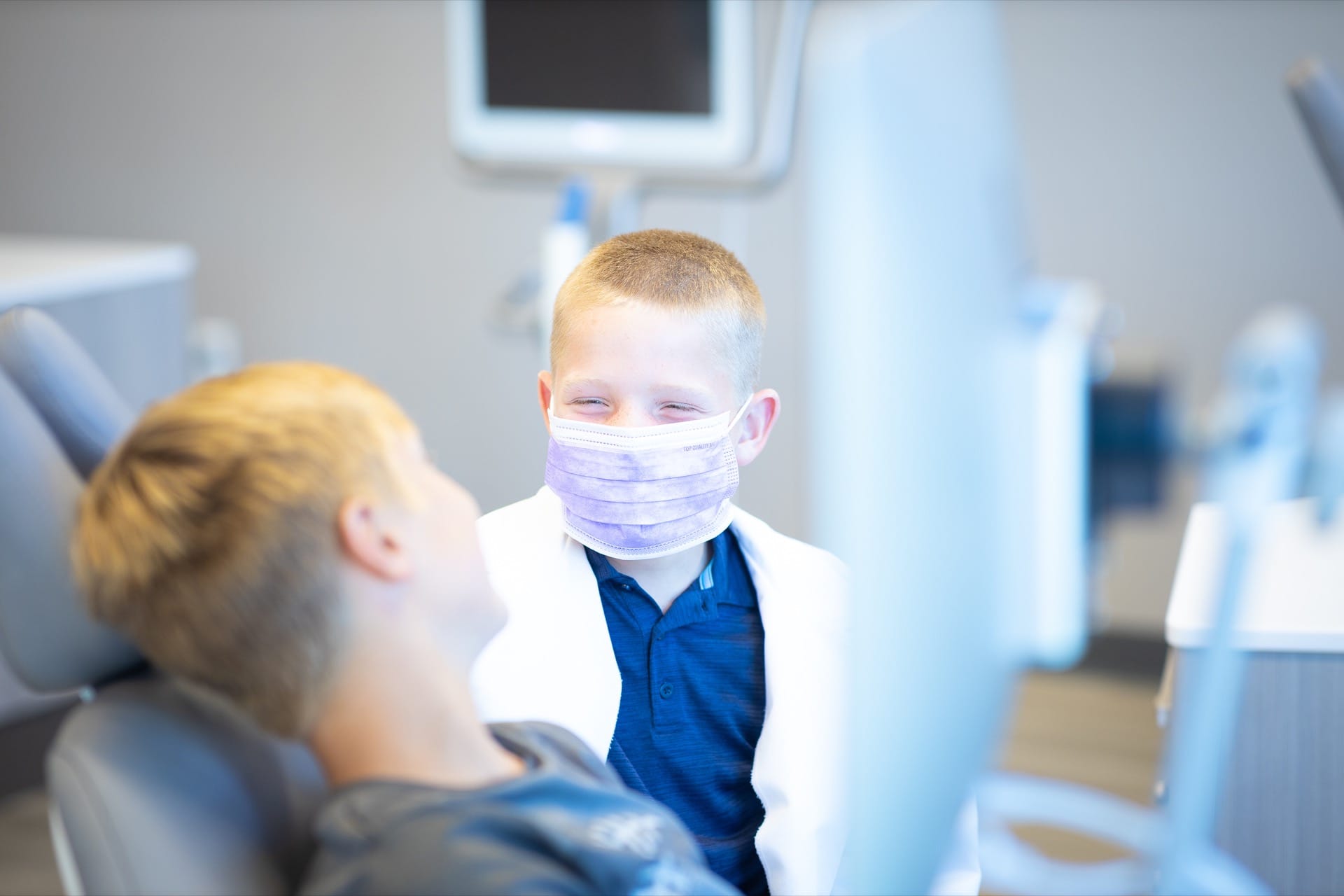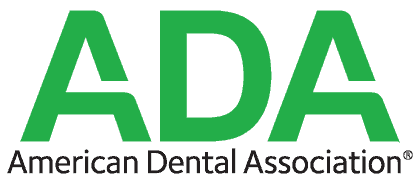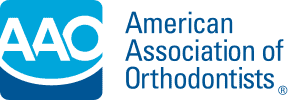TMJ? Malocclusion?
My Top & Bottom Teeth Don’t Line Up
My Top & Bottom Teeth Don’t Line Up
Jaw pain is a common ailment for those looking to get orthodontic treatment. The reasons for that jaw pain can vary. The patient could have a malocclusion, a broad term for conditions such as overbites, underbites, or crossbites. The patient could have a temporomandibular joint disorder, referred to as TMJ or TMD.
How do you know which one you have, and what do you do about it? Hentscher-Johnson Orthodontics treats patients with both conditions, and we can quickly diagnose which one you may have, or even if you have both. Either condition could mean your top and bottom teeth don’t line up properly, worsening the conditions over time. The first step is to recognize the issue. So what are the symptoms of malocclusions vs. TMD? Let’s take a look!
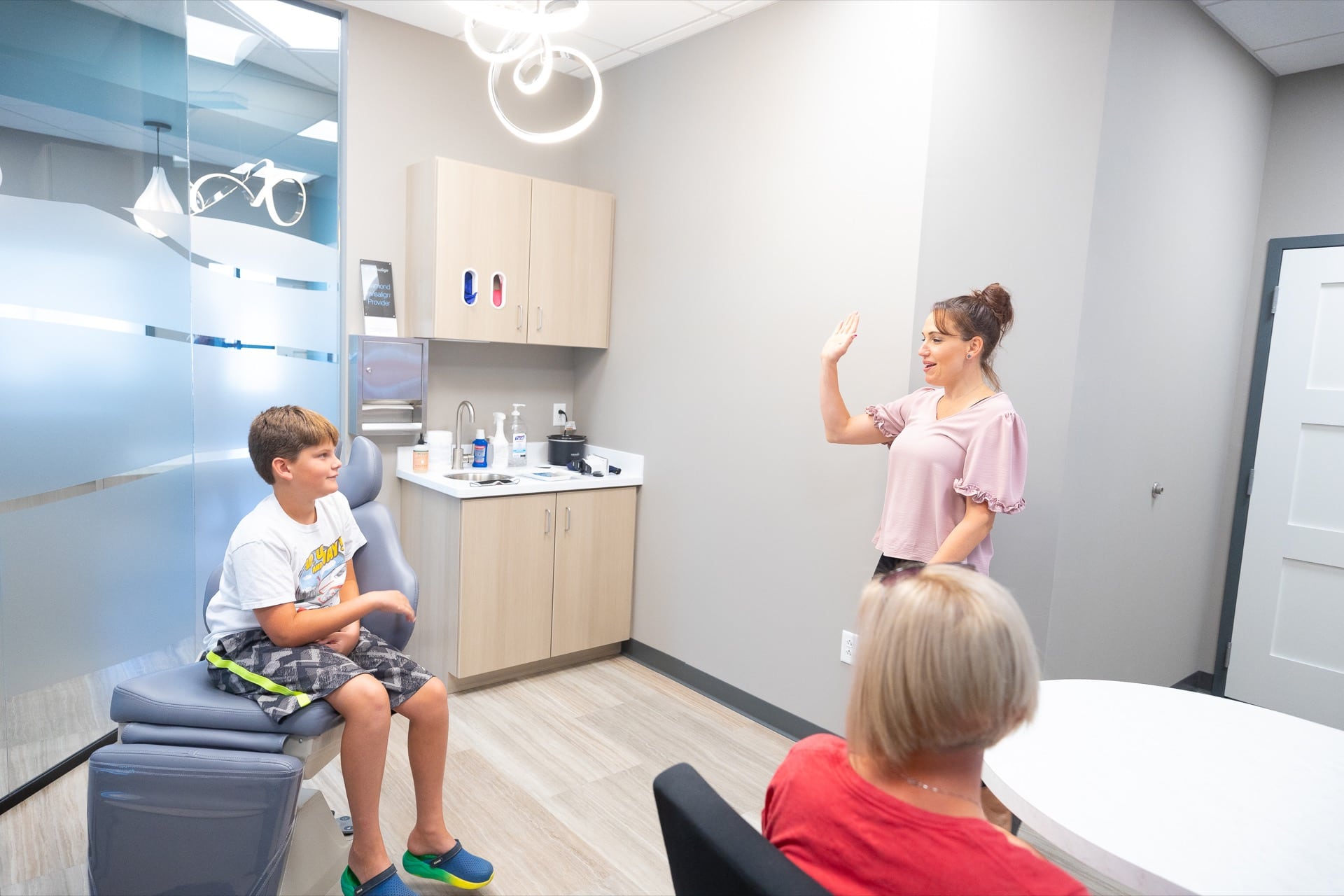
What Is TMJ Disorder?
The TMJ is the joint connecting your lower jaw to your upper jaw and the skull on each side of your head. The joint is meant to have much more movement up and down than side to side. Patients with TMD, or TMJ Disorder, may have more movement side to side than they should. The joint also may sit slightly out of alignment. Both of these are symptoms of TMD.
The misalignment of the joint causes irritation, which can inflame the ligaments, tendons, and fluid around the bone and even damage the joint over time. It can affect one joint more than the other, but it’s possible to feel pain on both sides. The ligaments and tendons holding the joint in place can weaken and move the jaw even more out of place, causing your teeth to lose their alignment.
What causes TMD? Injury, stress, arthritis, jaw dislocation, and grinding your teeth (bruxism) are common causes. An improper bite can also cause TMD because misaligned teeth put extra stress on the joint.
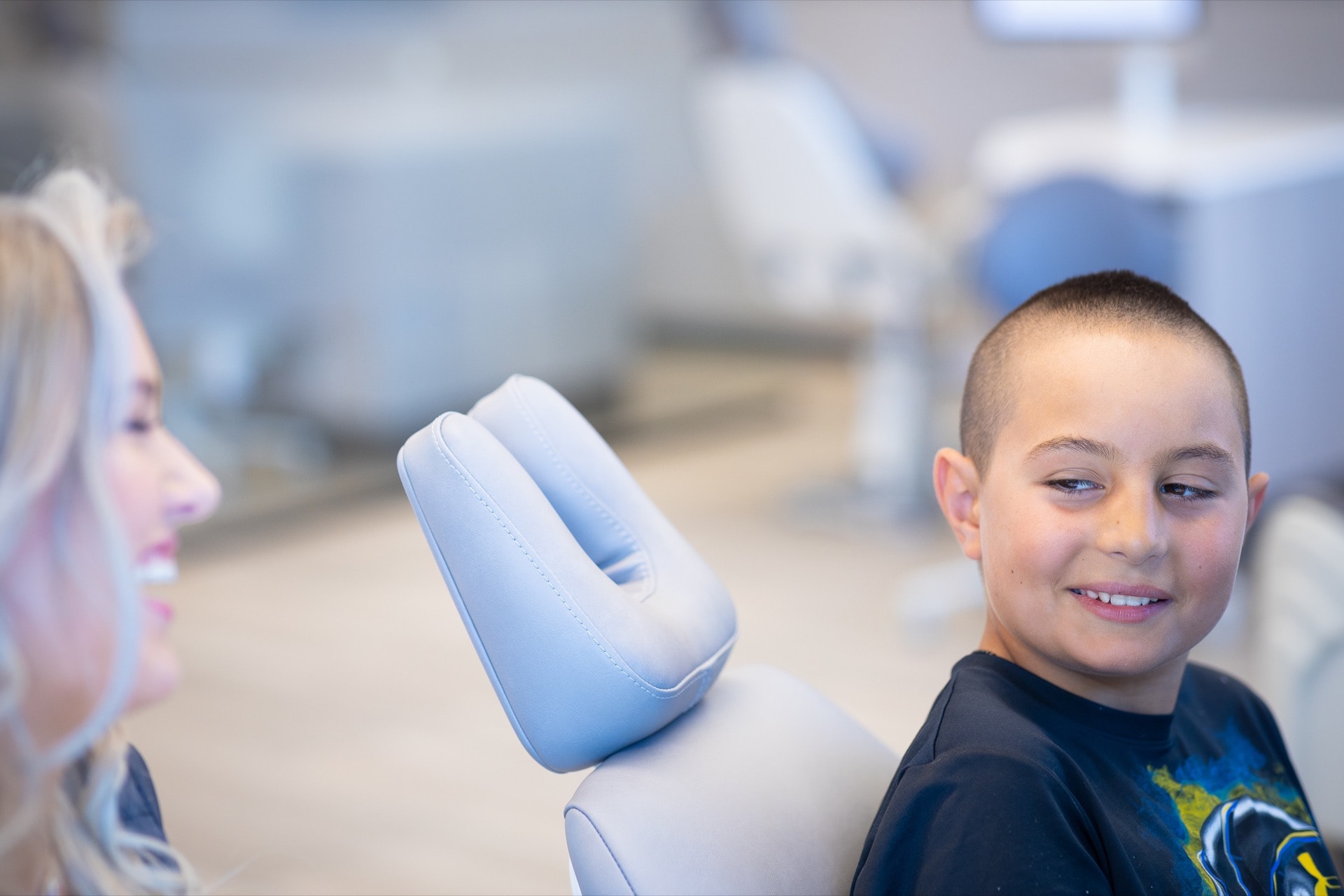
How Do I Fix My TMJ?
Wisdom teeth can move your teeth out of place, causing a bad bite that leads to TMJ Disorder. A common solution is to pull the wisdom teeth, which keeps the jaw from shifting and relieves the pain.
Patients also use a lower jaw sling to relieve TMD symptoms. This cloth device fits over the head, along the jawline, and under the chin, holding the jaw in place. It properly positions the jaw and allows the TMJ to heal. Most often, patients wear it at night when they sleep.
Patients with bruxism can use a special appliance called a night guard to hold the jaw in the proper position while sleeping. This device keeps you from grinding your teeth and pressing down too far. That reduces stress on the joint. It also saves you from cracking your teeth by grinding them together. Again, this device is usually worn just at night.
There are other ways to deal with TMD. At Hentscher-Johnson Orthodontics, we have several ways we can treat TMD. Once you come in for a full examination, we can look at the severity of your case and figure out which treatment method is best for you.
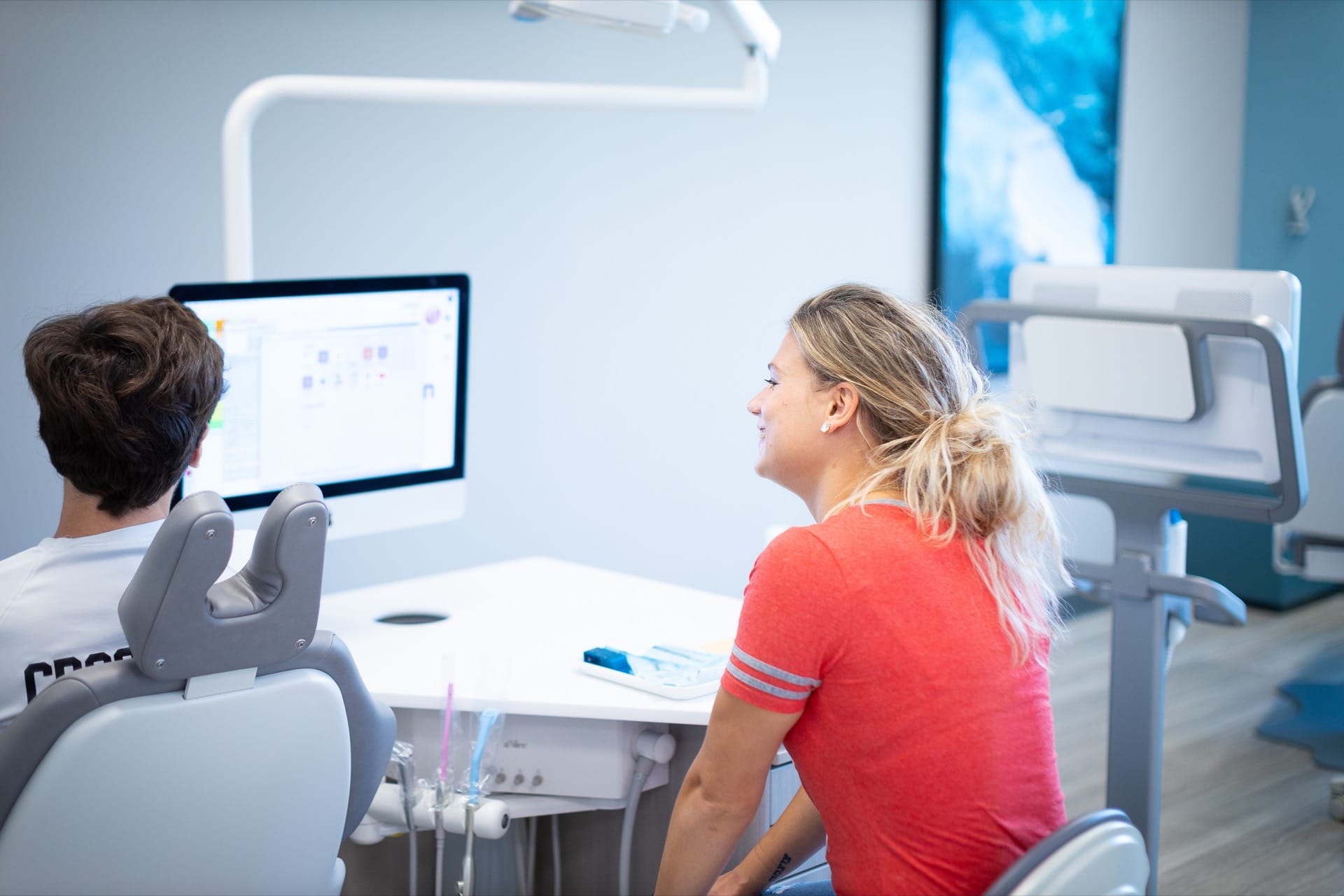
Malocclusions: Overbites, Underbites, and Crossbites
Your jaw pain and TMJ Disorder could be caused by malocclusion. That’s a fancy way of saying your teeth aren’t in the right place. Overbites, underbites, and crossbites are all malocclusions. These cause problems with biting and chewing, which puts excess pressure on your jaws and joints. That’s when the jaw pain and TMD erupt.
There are three classes, or types, of malocclusions:
- Class 1: Neutrocclusion — When your back teeth line up, but your front teeth overlap. This is the most common type of malocclusion, and it’s usually minor.
- Class 2: Distocclusion — All of your top teeth are shifted forward. This is also called an overbite or a deep bite when it’s severe.
- Class 3: Mesiocclusion — All of your lower teeth are shifted forward. It’s also called an underbite.
Within these classes are types of malocclusions, including an open bite (where the upper teeth are angled outward, creating a gap between them and the lower teeth) and a crossbite (where the upper back teeth sit inside of the lower ones.
All of these bite problems can cause your jaws and joints to work harder than they should to bite and chew food properly. This causes stress, which causes inflammation, which eventually leads to TMD.
Malocclusion Symptoms
Malocclusion symptoms include TMJ and several other symptoms. Bad bites can cause breathing problems and even nutritional issues. Crooked teeth are more difficult to clean, leading to many dental problems. Crooked teeth also can’t chew food properly, which can cause digestive issues from food not being broken down enough before it enters the stomach. This can lead to poor nutrition because your food isn’t broken down correctly.
You probably didn’t think “bad teeth” could do all that, did you? The truth is that good oral health is a key component to good overall health.
Malocclusion symptoms include:
- Excessive tooth wear
- Cracks, breaks, and chips of the enamel
- Tooth sensitivity from weakened enamel
- Accelerated tooth decay from weakened enamel and difficulty cleaning
- Accelerated gum diseases from difficulty cleaning
- Bad breath from inadequate cleaning
- Headaches
- Neckaches
- Snoring
- Sleep apnea
- TMJ
- Teeth grinding (bruxism)
- Digestive problems from the inability to chew properly
- Nutritional deficiencies from digestive problems
Malocclusion symptoms, including TMJ, tend to worsen over time. That’s why repairing your bad bite as soon as possible is so important.

How Do I Fix a Malocclusion?
Orthodontic treatment is the most common solution to fix malocclusions and repair the TMJ. Braces, clear braces, or clear aligners such as Invisalign or 3M Clarity can reposition your teeth to where they should be. This creates a proper bite and takes the added stress off the jaw joints, reducing the inflammation and preventing further damage. The key is to repair the malocclusion as soon as possible. The longer you put added stress on the joints, the more damage it will cause. However, you can repair your bite whether you’re a child or an adult.
If you’re in the Waterloo, IL, or Columbia, IL, areas, Hentscher-Johnson Orthodontics can help you with your TMJ and bite issues. The first step is a virtual consult before coming in for a no-obligation examination so we can see exactly what’s happening with your bite. Many patients often have more than one issue at a time, such as an overbite and a crossbite or an underbite and TMJ pain. Once we’ve figured out the problems, we can offer the best solution.
You don’t have to live with a bad bite or persistent jaw pain. Treatment with braces or clear aligners can repair your dental issues and bring you a beautiful smile!



